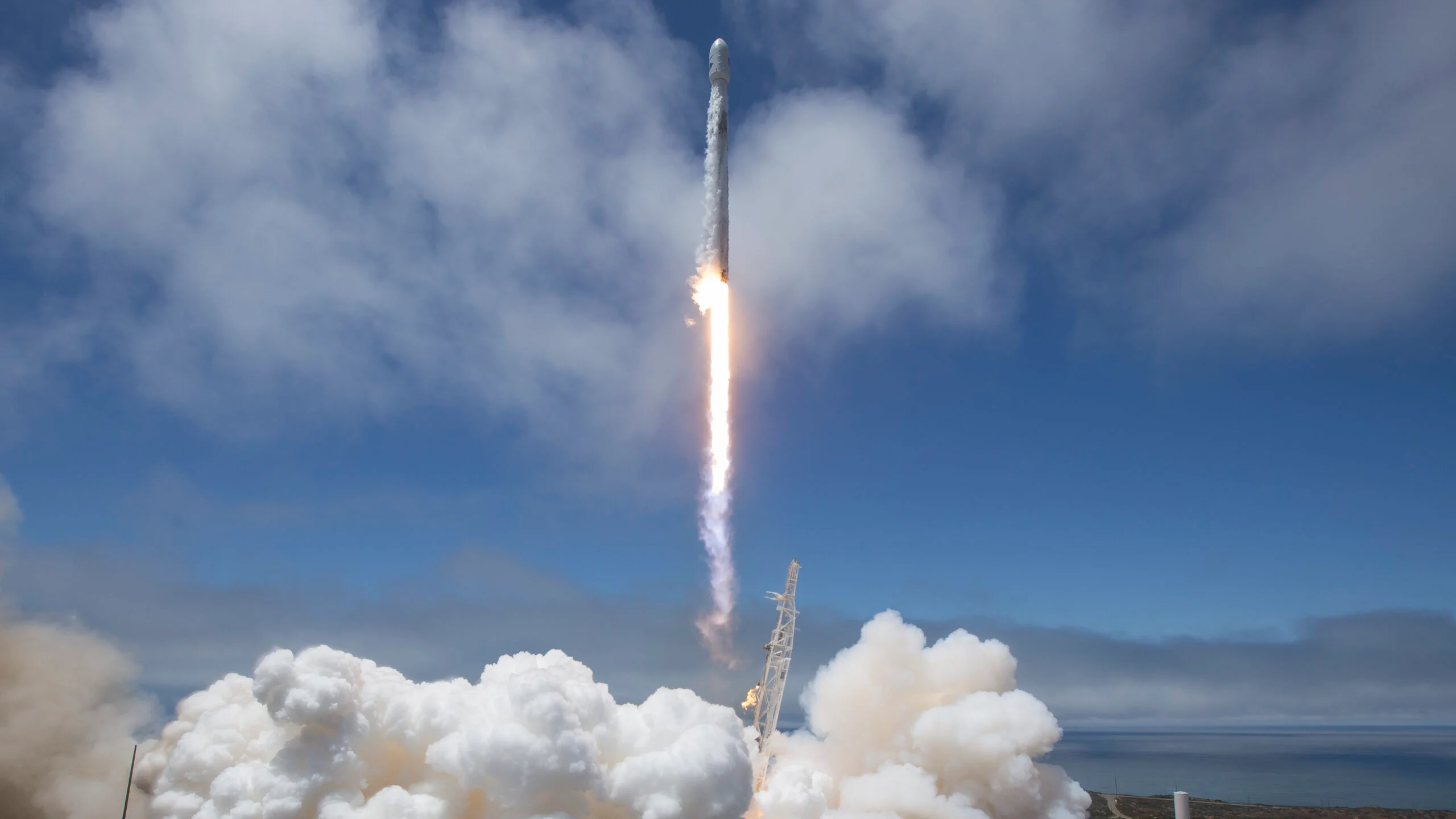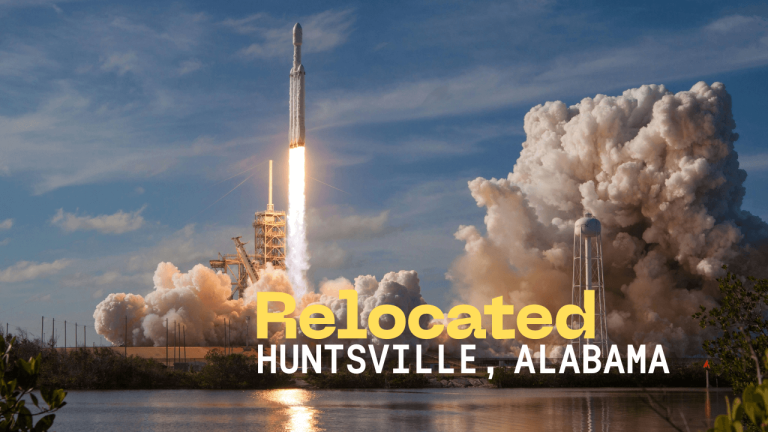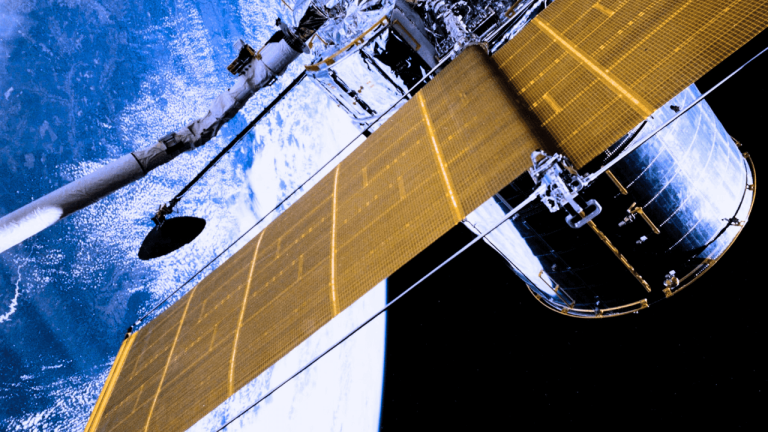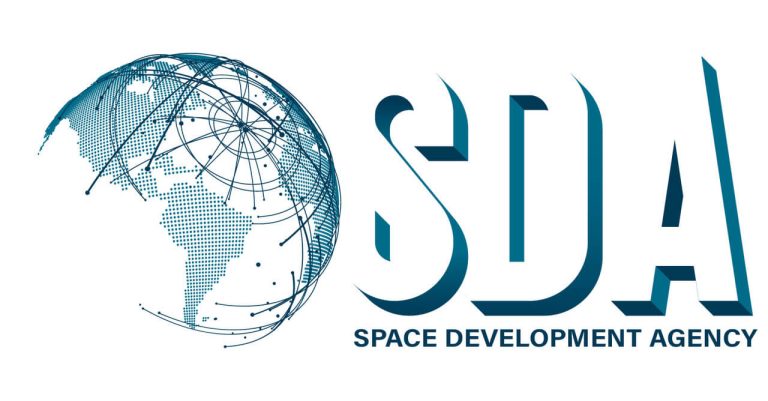Sputnik 1: The First Artificial Satellite That Changed the World
The story of the first artificial satellite is one of the most exciting chapters in human history. It was the beginning of the Space Age. On October 4, 1957, the Soviet Union surprised the entire world by launching Sputnik 1, the very first man-made satellite to orbit the Earth.

The Launch That Shocked the World
Sputnik 1 was launched from the Baikonur Cosmodrome in Kazakhstan, the main Soviet spaceport. It was a shiny metal sphere about 58 centimeters wide (a little bigger than a beach ball) with four long antennas. It weighed about 83 kilograms—heavy for its time.
The satellite sent out simple “beep-beep” radio signals, which could be picked up by scientists and even amateur radio operators around the globe. These beeps were more than just sound—they were proof that the Soviet Union had successfully placed an object in orbit, something no one had ever done before.
Why Sputnik Was So Important
Before Sputnik, space travel was only a dream, limited to science fiction and imagination. Its success showed that rockets were powerful enough not only for satellites but also for future human spaceflight.
The launch came during the tense years of the Cold War, when the United States and the Soviet Union competed for global influence. For Americans, the launch was shocking—it proved that the USSR was ahead in space technology. Many feared that the same rockets used to launch satellites could also deliver nuclear weapons. This made space not just a scientific frontier, but also a military one.
The launch of Sputnik kicked off the famous Space Race, a competition between the USA and USSR that pushed technology forward at incredible speed.
The U.S. Response
This sudden pressure from Sputnik’s success also led to the creation of NASA (National Aeronautics and Space Administration) in July 1958. NASA would go on to lead America’s space program, eventually landing astronauts on the Moon in 1969.
The United States was caught by surprise. In December 1957, it tried to launch its own satellite, Vanguard TV3, but the rocket exploded on the launch pad in front of the press. Finally, on January 31, 1958, America succeeded with Explorer 1, its first satellite.
Interesting Facts About Sputnik 1
- Sputnik stayed in orbit for about three months before burning up in Earth’s atmosphere on January 4, 1958.
- During that time, it completed about 1,440 orbits around Earth.
- The name “Sputnik” means “fellow traveler” or “companion” in Russian.
- Its radio signals could be detected by anyone with a basic shortwave receiver.
- The satellite itself was simple—no cameras, no sensors—just a polished sphere with a transmitter. Yet, it changed history.
The Legacy of Sputnik
Sputnik 1 was small and simple compared to today’s satellites, but its impact was enormous. It marked the start of modern space exploration. Within just a few years:
- In 1958, the U.S. launched its first satellites and formed NASA.
- In 1961, Soviet cosmonaut Yuri Gagarin became the first human in space.
- In 1969, American astronauts landed on the Moon.
Every GPS system, weather satellite, or space telescope we use today can trace its history back to Sputnik 1.
Step Into the Universe
The launch of Sputnik 1 proved that humanity could reach beyond Earth. It showed that science and technology had the power to change global politics, inspire generations, and open the door to new worlds. From that small beeping sphere in 1957, the path was set for space stations, Mars rovers, and the dreams of interplanetary travel.
Sputnik 1 will always be remembered as the satellite that started it all—the moment the Space Age truly began.







